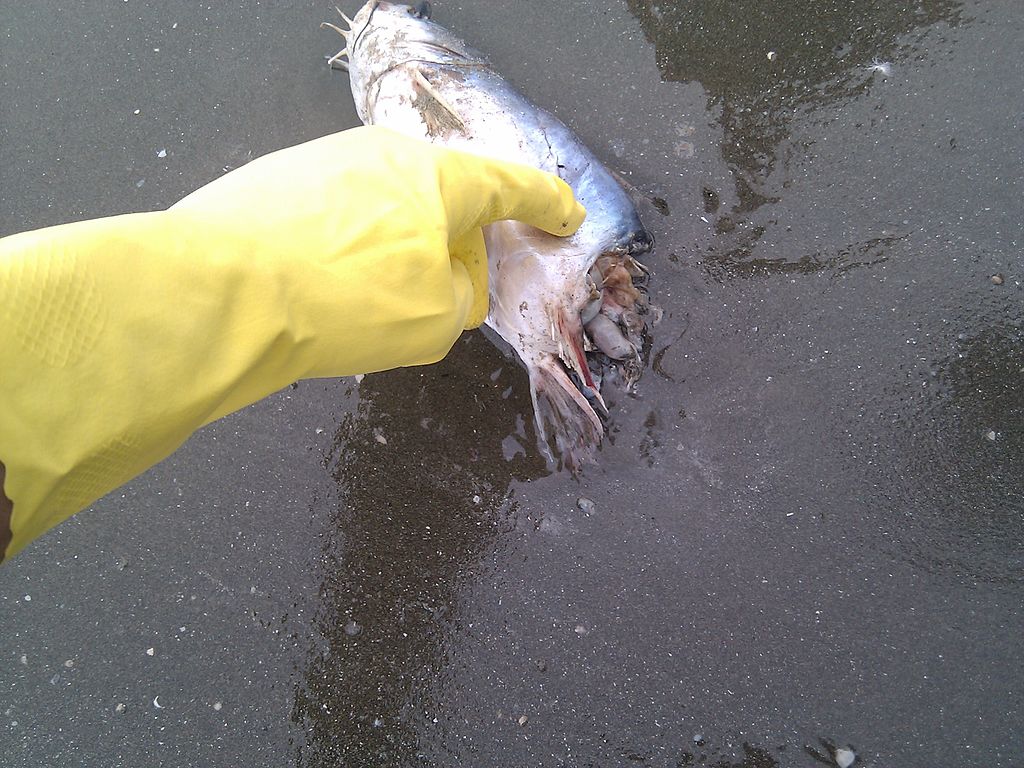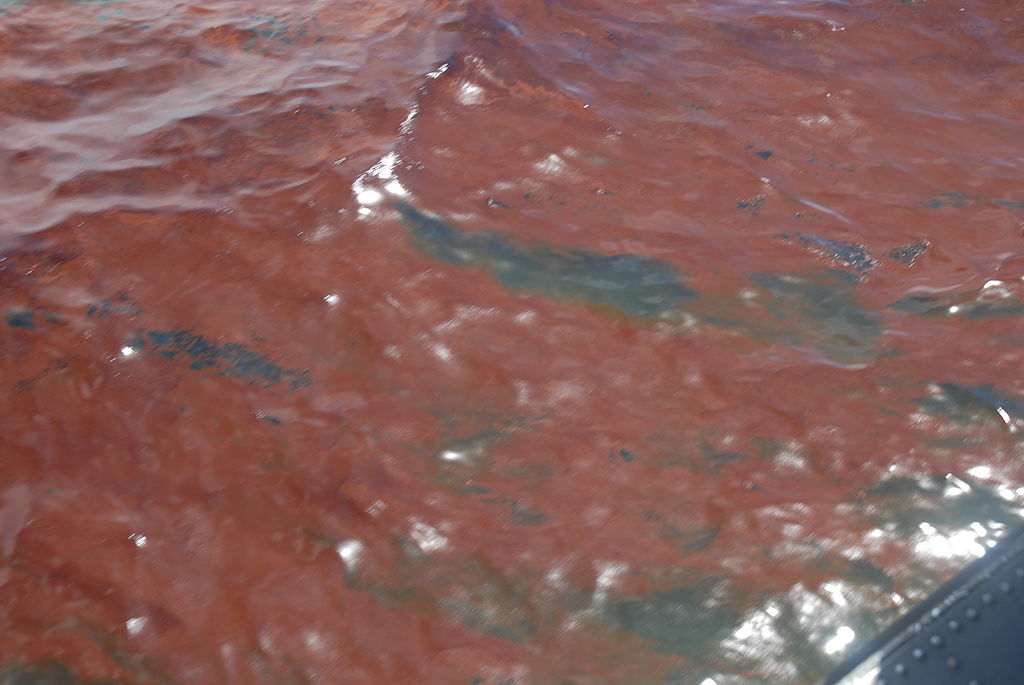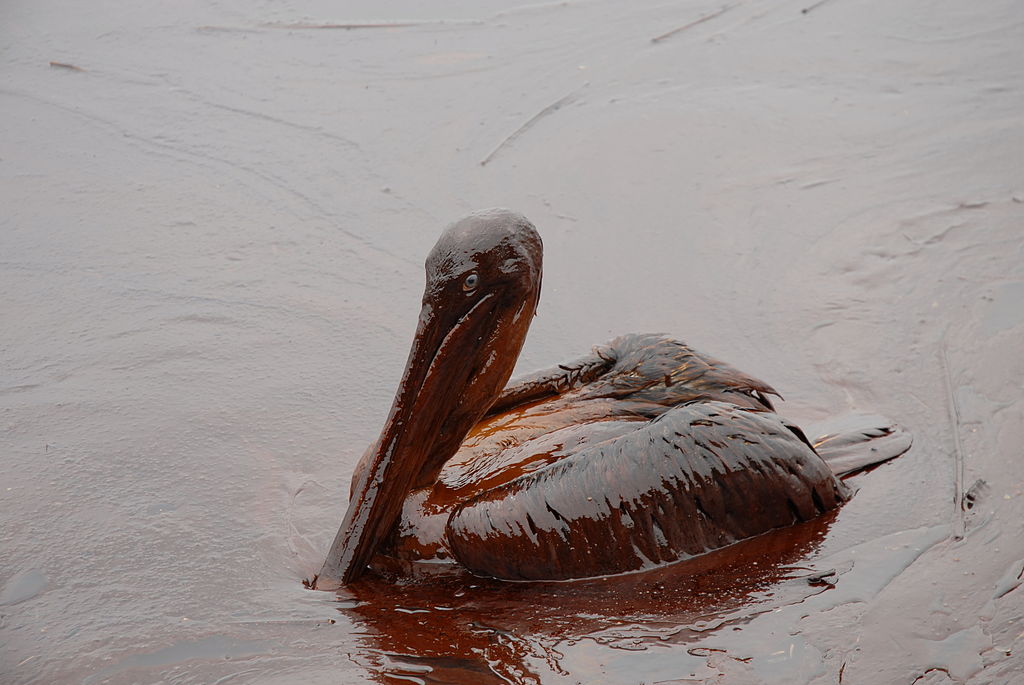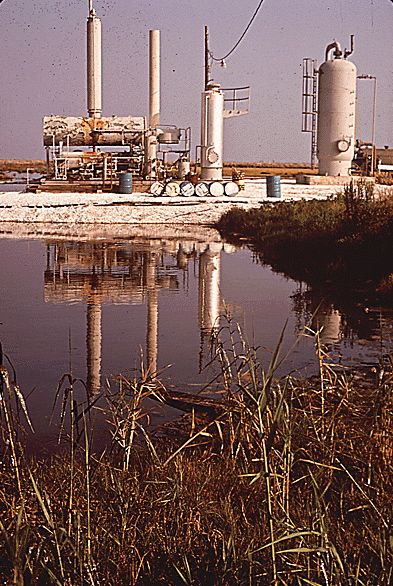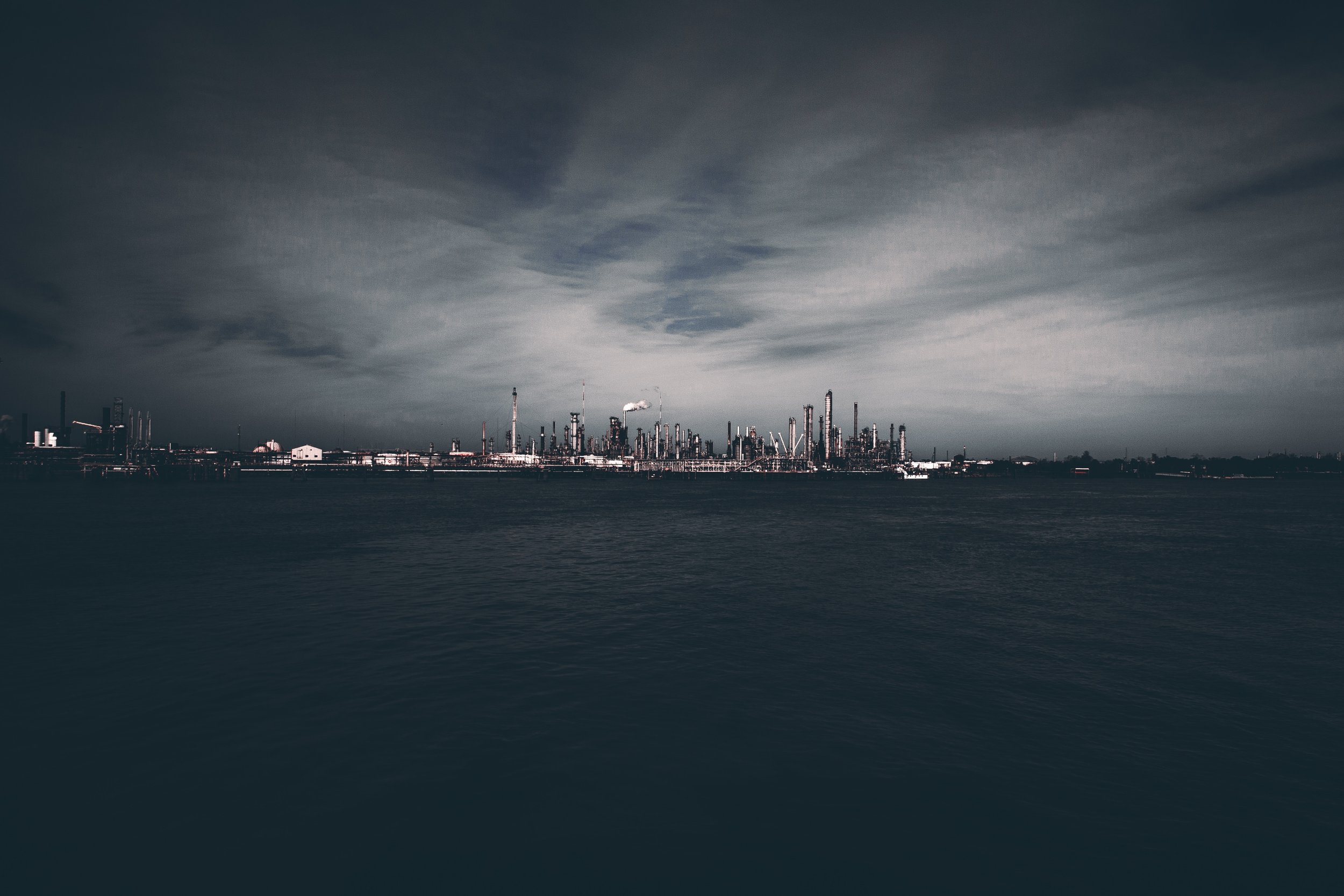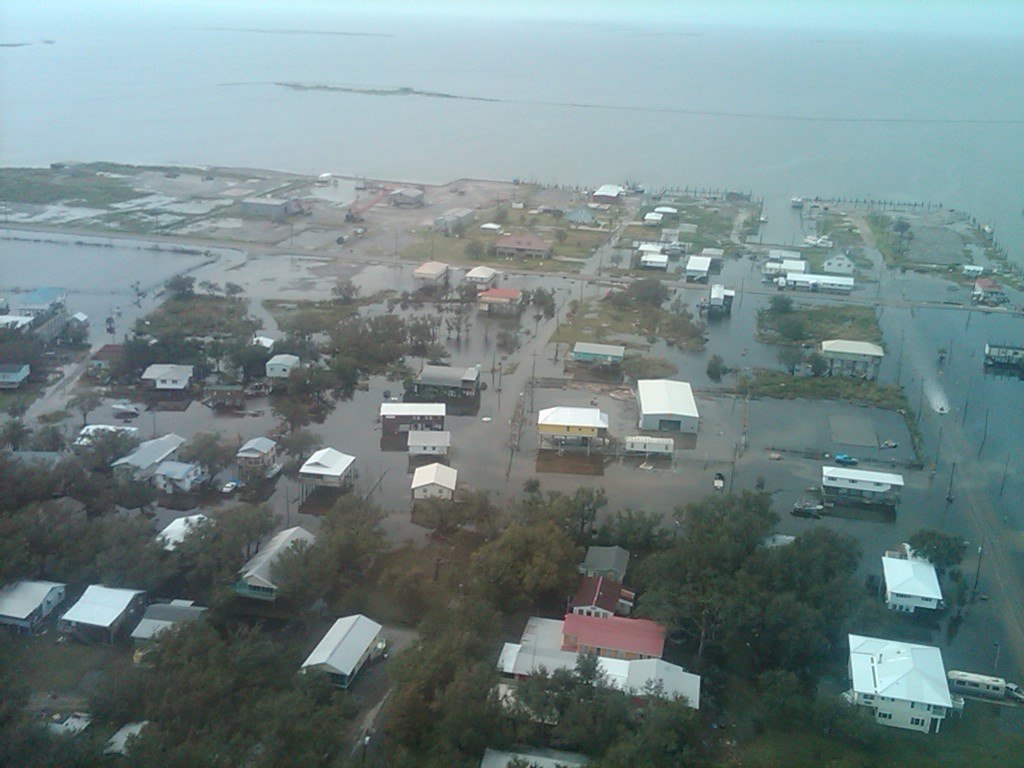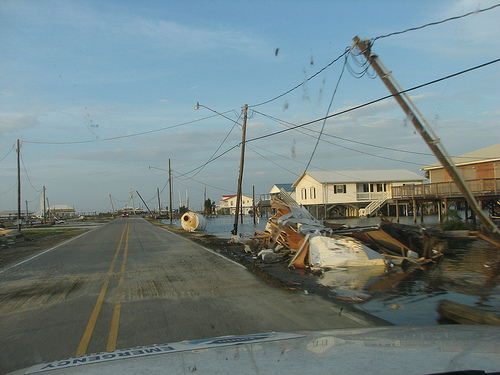Land Loss on the Louisiana Coast
The Situation on the Ground
Across coastal Louisiana, the Gulf of Mexico has swallowed hundreds of thousands of acres of land in the last century.
In Terrebonne Parish, more than 192,700 acres were lost from 1932 to 2010. According to Louisiana’s Coastal Master Plan, if we do nothing more than we have done to date, our expected annual damages from flooding by 2061 would be almost ten times greater than they are today, from a coast-wide total of approximately $2.4 billion to $23.4 billion.
Louisiana’s current coastal threats are shared with growing numbers of similar communities across the United States. These include the Miami metropolitan area, the Norfolk, Virginia area, and parts of Washington State and Alaska.
A newly released Scientific American documentary highlights the effects of Louisiana’s land loss on the Biloxi-Chitimacha-Choctaw tribe. The documentary features our very own Board President Theresa Dardar, and her husband, Donald.

